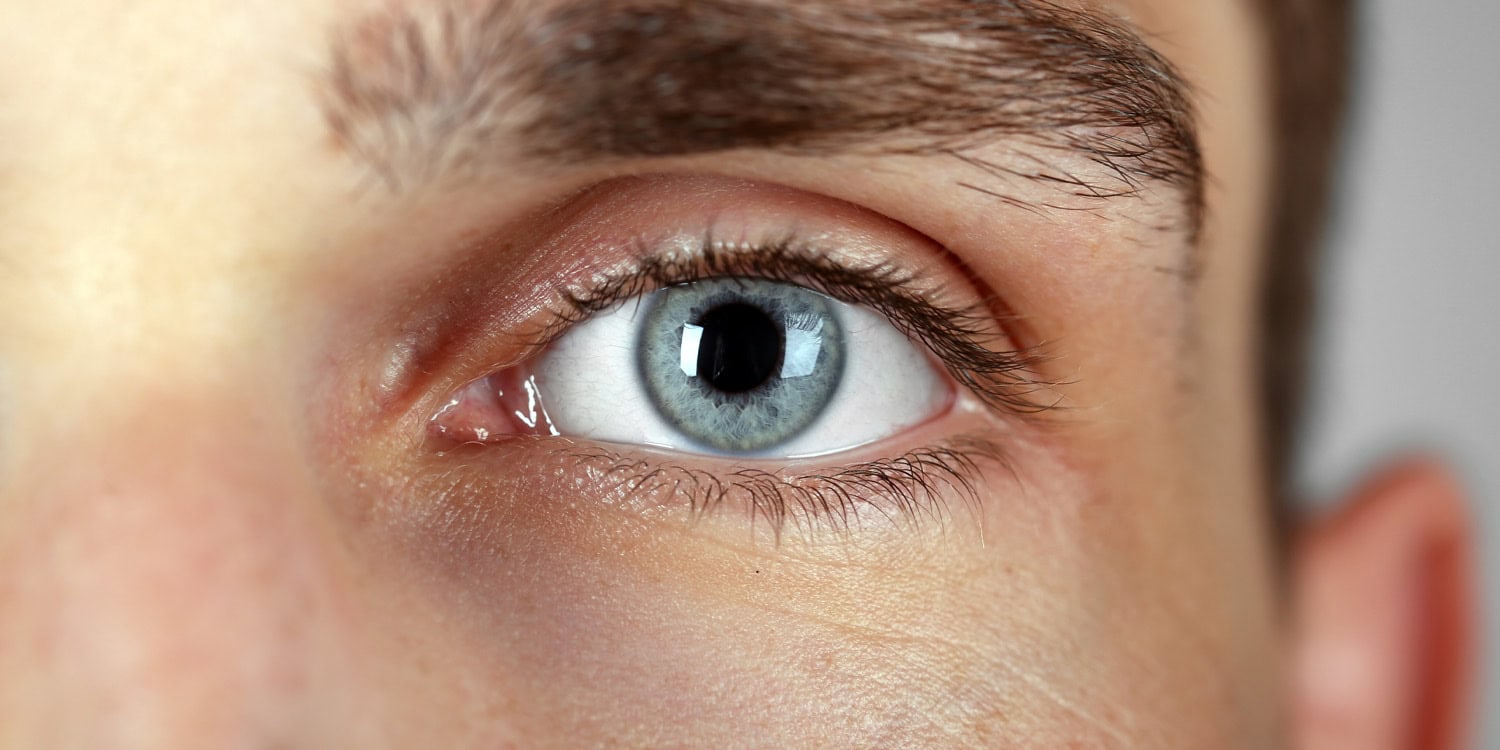A new study published in the journal Cognition has found that people with lower levels of autistic traits show a persistent tendency to pay more attention to images of animals compared to images of inanimate objects. But individuals with higher levels of autistic traits do not exhibit this same attentional bias. These findings suggest a potential link between our inherent ability to quickly spot living creatures and our broader social cognitive abilities.
The ability to distinguish between animate and inanimate objects is a fundamental cognitive skill, crucial for survival and social interaction. We are naturally inclined to notice living beings, as they can represent potential threats, opportunities for interaction, or sources of information. Researchers have theorized that this “animate monitoring” is an evolved mechanism, and prior studies have shown that people are generally faster and more accurate at detecting changes in images of humans and animals compared to objects.
However, a significant gap remained in understanding whether this inherent attentional preference for animals is related to broader social cognition. Because social interaction usually occurs between living beings, researchers have reasoned that attending to animate beings is the first step toward social interaction. To explore this potential connection, the researchers in this study investigated whether the tendency to prioritize attention to animals varies depending on an individual’s autistic traits, which are considered an indicator of social cognitive abilities in the general population.
To explore these ideas, the researchers designed an experiment that used a dot-probe task where participants had to quickly respond to a visual cue after seeing pairs of images. In the main experiment, each trial started with a small cross in the center of a computer screen. After a brief period, two pictures appeared simultaneously—one showing an animal and the other showing an everyday object. The pictures were presented either in their normal upright orientation or upside down. After the images were displayed for a short period (ranging from 100 milliseconds to 1000 milliseconds), a small visual target, known as a probe, would briefly appear on one side of the screen. Participants were instructed to press a key to indicate whether the probe appeared on the left or right side as quickly and accurately as possible.
The speed of the participants’ responses served as a measure of where their attention had been directed. If a person had been paying more attention to the animal image, they would be quicker to notice the probe when it appeared on that side of the screen. To ensure that any observed effects were not due to simple visual differences between the images, the researchers used pictures that had been carefully processed so that the animal and object images were similar in terms of brightness and contrast. The pictures were converted to grayscale and matched in terms of these basic visual properties.
In addition to the main experiment, the researchers also conducted a follow-up experiment in which they altered the images in a specific way. They scrambled the phase of the pictures, a process that keeps the low-level visual characteristics intact but removes the meaningful content that allows a viewer to recognize an animal. This second experiment helped determine whether the attention effects were truly related to the living nature of the images, rather than to some basic visual feature that might be present in the animal pictures.
A total of 120 participants, all young adults with normal or corrected vision, took part in the study. The participants were split into two groups based on their scores on the Autism Spectrum Quotient, a questionnaire that measures traits associated with autism. In the first experiment, 60 participants completed the task with both upright and inverted images. In the follow-up experiment with scrambled images, another 60 participants took part, again divided by their autism-related trait scores.
When analyzing the reaction times of the participants, the researchers found that overall, responses were faster when the probe appeared on the side where the animal image had been shown. This suggests that the animal pictures drew attention more effectively than the object pictures.
More interestingly, when the data were examined in relation to the Autism Spectrum Quotient scores, the effect was more pronounced among those with lower scores. In other words, participants with fewer autism-like traits showed a stronger tendency to direct their attention to animal images. This difference was most evident during the very early stages of processing, within the first few hundred milliseconds after the images appeared. For those with higher scores, the bias toward animal images was either reduced or absent in these early stages.
The study also considered the impact of image orientation. Although the animal images still produced an attentional bias even when presented upside down, the relationship with autism-like traits was primarily seen when the images were upright. This finding suggests that the way our brains process the natural form of a living creature plays an important role in how quickly we direct our attention to it, and that this process is linked with individual differences in social processing.
In the follow-up experiment, the scrambled versions of the images did not lead to a similar attentional bias. Both groups—those with lower and higher scores on the Autism Spectrum Quotient—showed no preference for either of the scrambled images. This result confirms that the attention bias observed in the main experiment was due to the perception of life-like qualities in the animal images, rather than being caused by simple visual features like brightness or contrast.
It is important to note that study only examined a non-clinical population, meaning none of the participants had a formal diagnosis of autism spectrum disorder. Future research should investigate whether similar patterns are observed in individuals formally diagnosed with autism.
The findings open the door to several avenues for future research. For example, scientists might explore whether the observed attentional bias for living things develops over time and how early life experiences shape this bias. Further research could also compare the attentional patterns of individuals diagnosed with autism to those in the general population with varying levels of autism-like traits, to better understand the underlying neural and cognitive processes.
The study, “Social perception of animacy: Preferential attentional orienting to animals links with autistic traits,” was authored by Geqing Yang, Ying Wang, and Yi Jiang.




